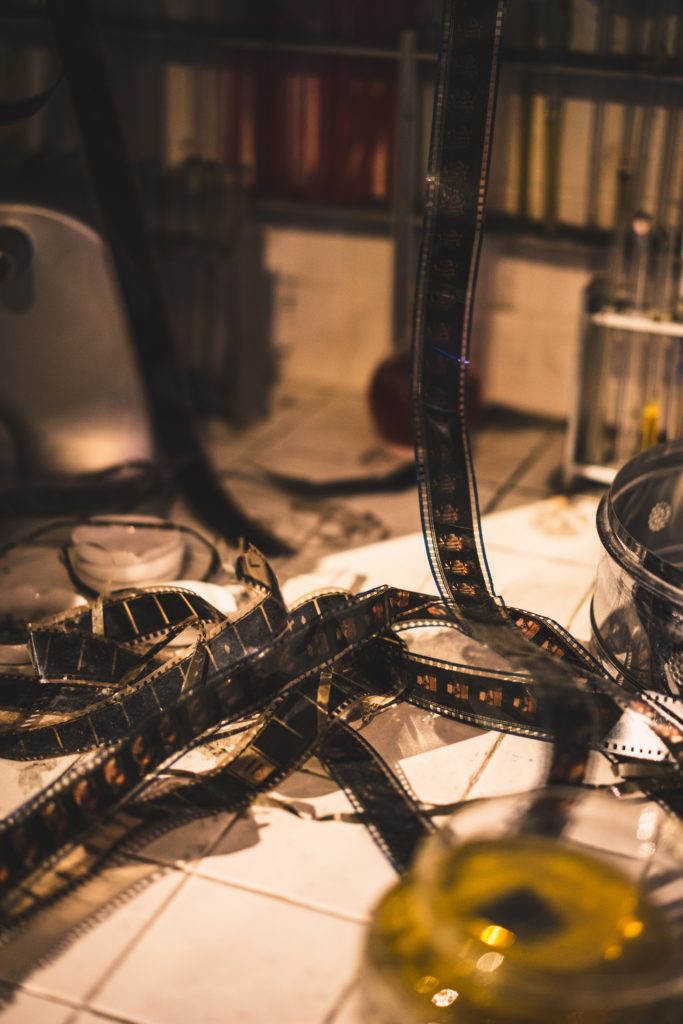By Ann Yu Huang
Embracing my unconscious narrative
In the past, the notion of coupling meta-cinema with my dreams felt like an unfeasible mission. In recent years, I wrote, directed, and produced four experimental short poetry films. My films are based on surrealist poems I authored which were influenced by the narrative of my dreams. It wasn’t until the poetry films were completed that I developed credence about the connection between meta-cinema and my dreams. I recently began embracing the idea of meta-cinema through the lens of my poetry films.
What is meta-cinema?
What exactly is meta-cinema and how does it correlate with my experimental shorts? Essentially, the use of meta-cinema in filmmaking is similar to utilizing metafiction in literature writing. It is a filmmaking style in which a movie or television series purposefully informs viewers that they are watching a production.
In the sixties, the French New Wave movement used meta-cinema to reveal behind-the-scenes footage from the production stage. The idea was to showcase a film in its original state of being made. Meta-cinema accomplishes this through a narrator or character’s commentary during the movie, typically facing the camera and speaking directly into the lens. In modern film production, meta-cinema is commonly referred to as “breaking the fourth wall.”

How my unconsciousness led me to create meta-cinema films
Through my dreams, my unconsciousness held a prominent role in inspiring the meta-cinema filmmaking style of my experimental poetry shorts. When I wake up from a dream, the pieces I can recall are fractured. This makes me I think of myself as both a character in my dream narrative as well as the audience. I then have to turn to myself (the viewer) and tell the story of my dream.
Envision dreaming of a film that stars your twin. What would it be like to observe them in the movie from the audience’s viewpoint? Instances of conscious revelation similar to this can be so intoxicating that they must be deeply analyzed through artistic underpinning.
How meta-cinema disrupts the illusion of watching a film
Similar to deciphering surrealist storylines from your dreams, a director can disrupt a film’s mirage by telling the viewers that it is fiction. In many cases, film producers use meta-cinema to create non-diegetic aspects with the intent of teaching the viewers a lesson or letting them in on a narrative secret. The audience then must internalize and reflect on the auteur filmmaker’s vision. Perhaps most importantly, meta-cinema allows an audience to become the spectator of their own spectatorship.
Woody Allen is considered a trailblazer for meta-cinema. His movies have broken the fourth wall and spoken directly to audiences for decades. However, the meta-cinema concept remains mysterious to most people. Viewers have a tendency to dilute the cultural influence of meta-cinema similar to how they don’t prioritize interpreting their nightly dreams. People avoid exploring concepts that perplex them because they don’t want to overthink ideas that aren’t easily understood.
Meta-cinema and poetry film
I believe being a poet allows me to effortlessly create short art films. Each of my short poetry films is based on my surrealist lyrical poems, so my casual unconsciousness is already a contributing factor. The assembly of my memory is a mystical instrument I rely upon heavily as a narrative filmmaker. I try to recognize my conscious self as well as the layers of my deep, collective self. I wish to transport magic into the meta-cinematic lens so that our conscious and unconscious states can be illuminated from all angles of narrative storytelling.

